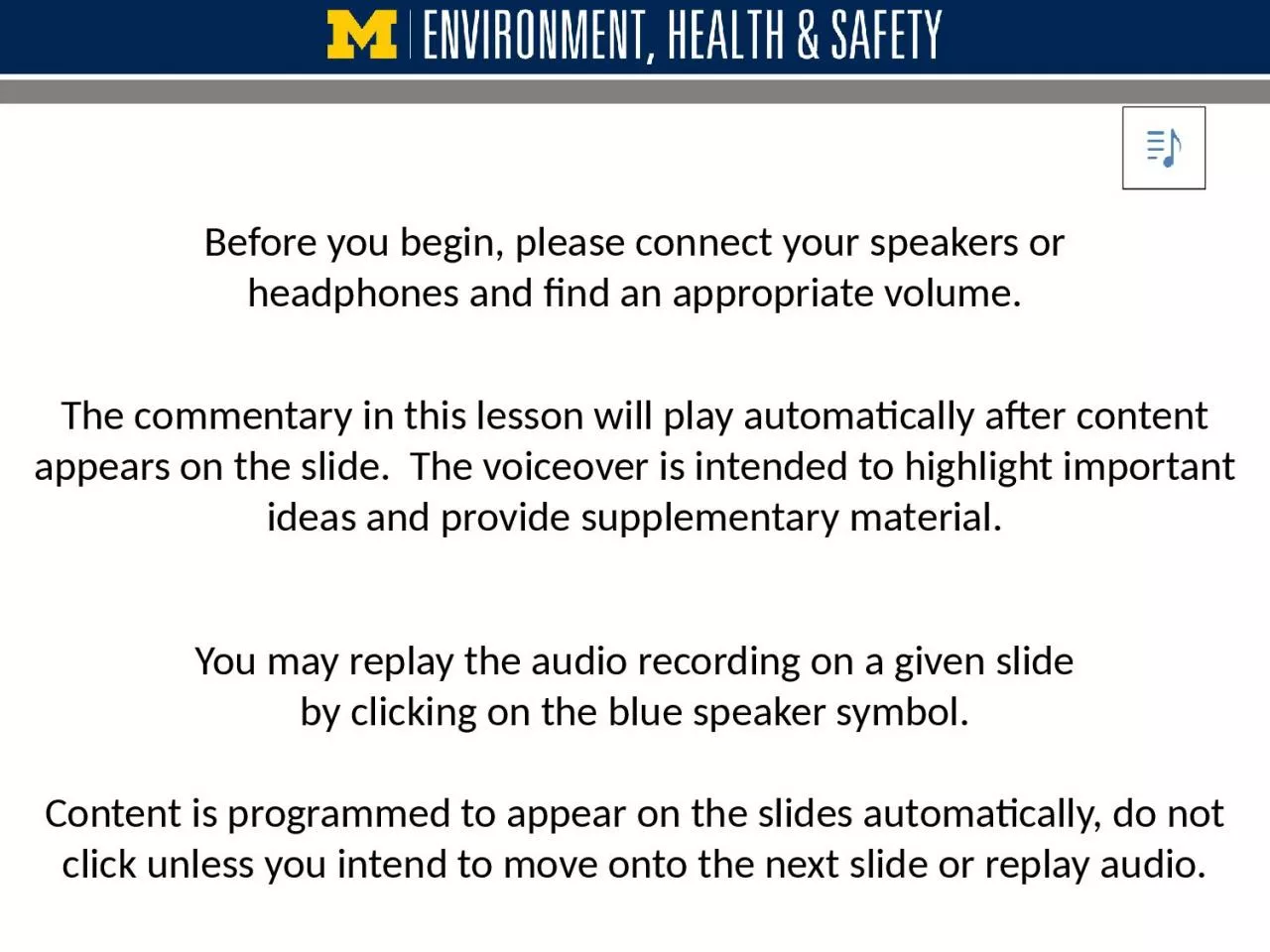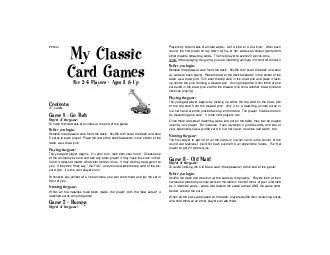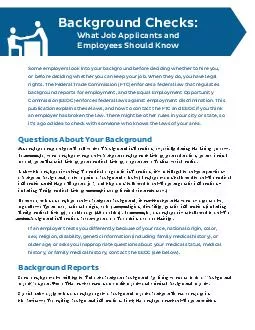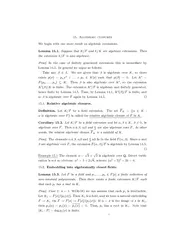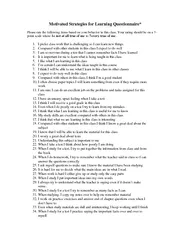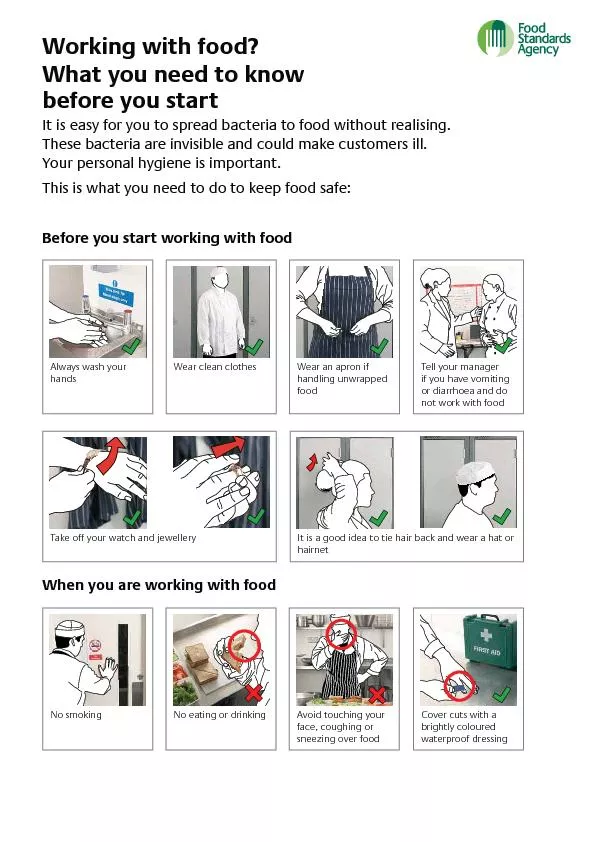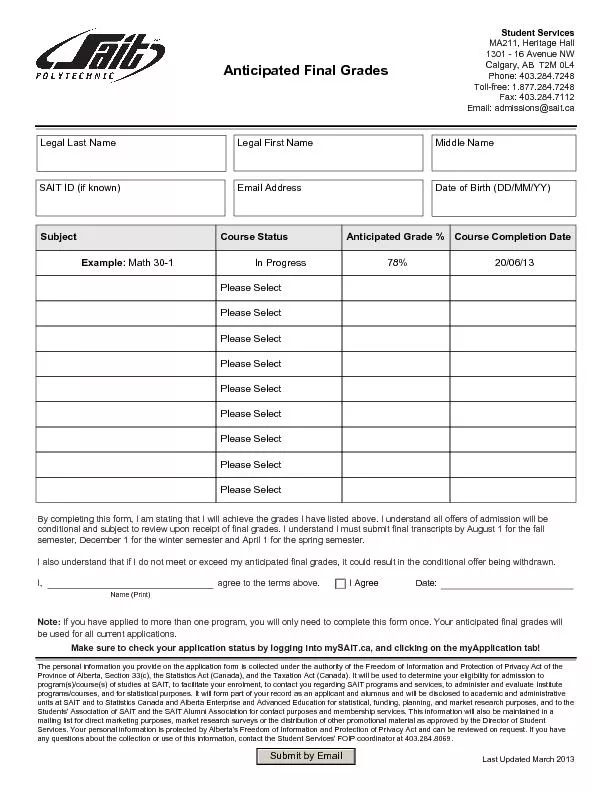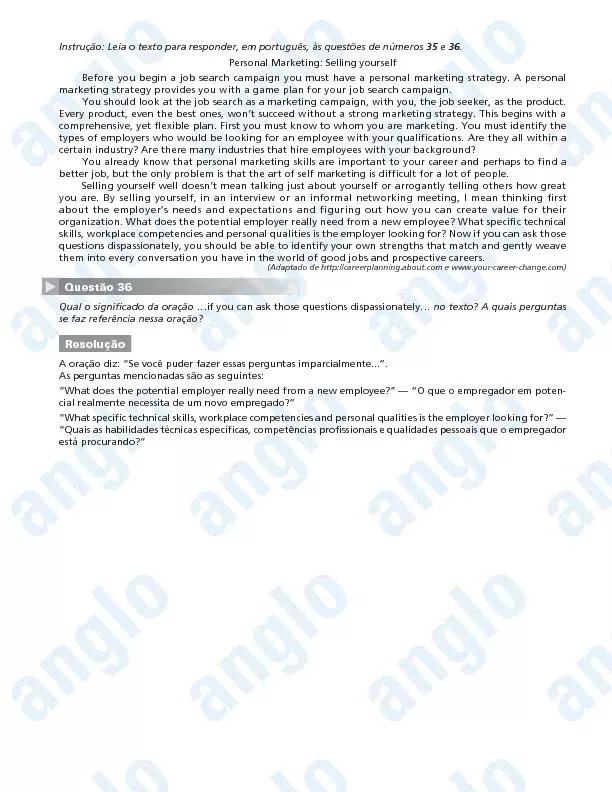PPT-Before you begin, please
Author : deena | Published Date : 2023-07-27
connect your speakers or headphones and find an appropriate volume The commentary in this lesson will play automatically after content appears on the slide
Presentation Embed Code
Download Presentation
Download Presentation The PPT/PDF document "Before you begin, please" is the property of its rightful owner. Permission is granted to download and print the materials on this website for personal, non-commercial use only, and to display it on your personal computer provided you do not modify the materials and that you retain all copyright notices contained in the materials. By downloading content from our website, you accept the terms of this agreement.
Before you begin, please: Transcript
Download Rules Of Document
"Before you begin, please"The content belongs to its owner. You may download and print it for personal use, without modification, and keep all copyright notices. By downloading, you agree to these terms.
Related Documents

